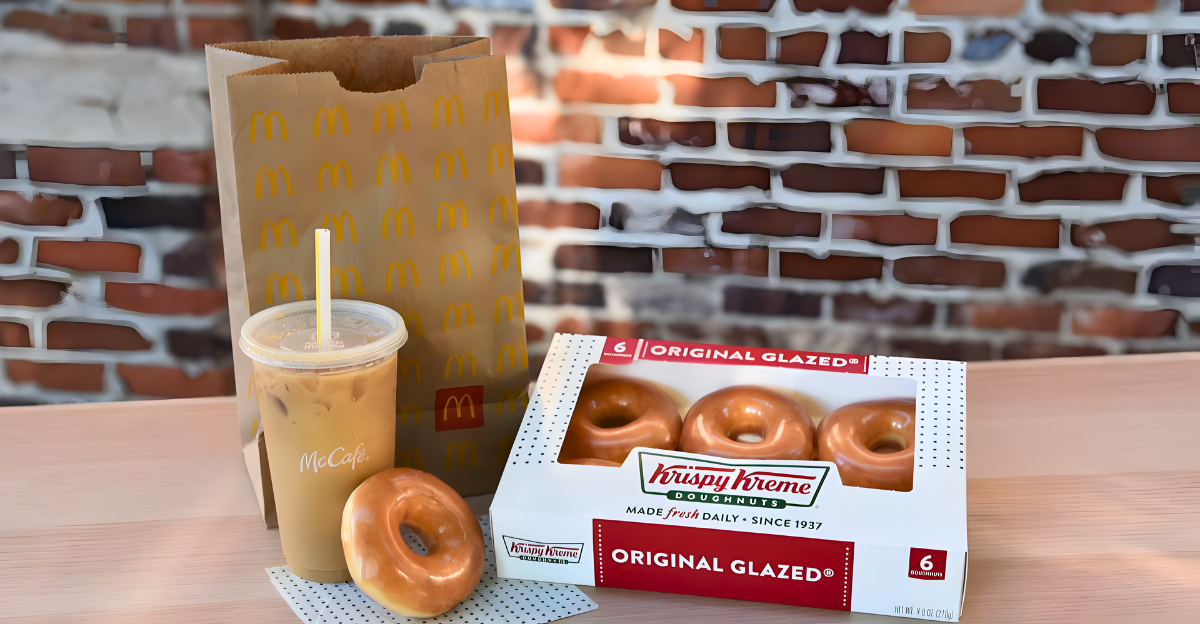
McDonald’s and Krispy Kreme caused a stir in the fast food world by announcing the abrupt end of their partnership, effective July 2, 2025— just over a year after it began.
Now, the collaboration, which aimed to make Krispy Kreme donuts a staple in McDonald’s breakfast menu nationwide, is dissolving, as financial pressures and unmet expectations have proven too much to bear.
This is not just a menu change — it triggers a ripple of consequences that affect both companies, their rivals, and the food world at large.
Costs Outpace Demand
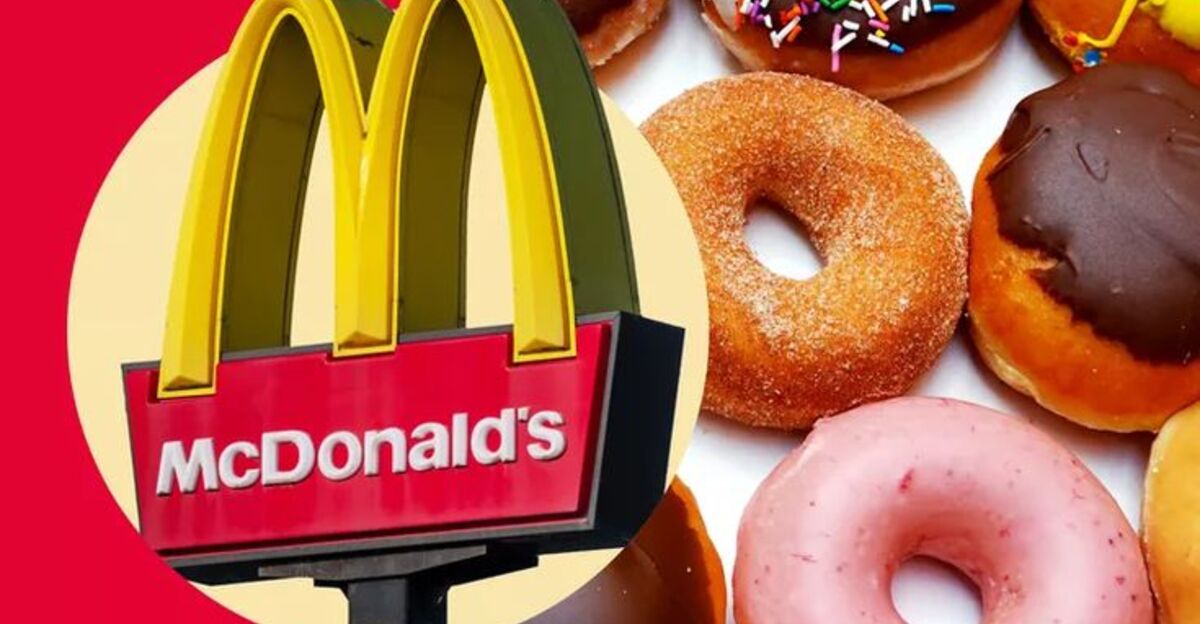
The partnership failed because Krispy Kreme could not cover the costs associated with supplying donuts to the actual demand at McDonald’s outlets.
Although they were initially committed to working together, Krispy Kreme Chief Executive Josh Charlesworth explained that “efforts to bring our costs in line with unit demand were unsuccessful, making the partnership unsuitable for us.” The economics simply didn’t add up, forcing a reassessment and ultimately, an end to the partnership.
Menu Gaps and Breakfast Shakeups
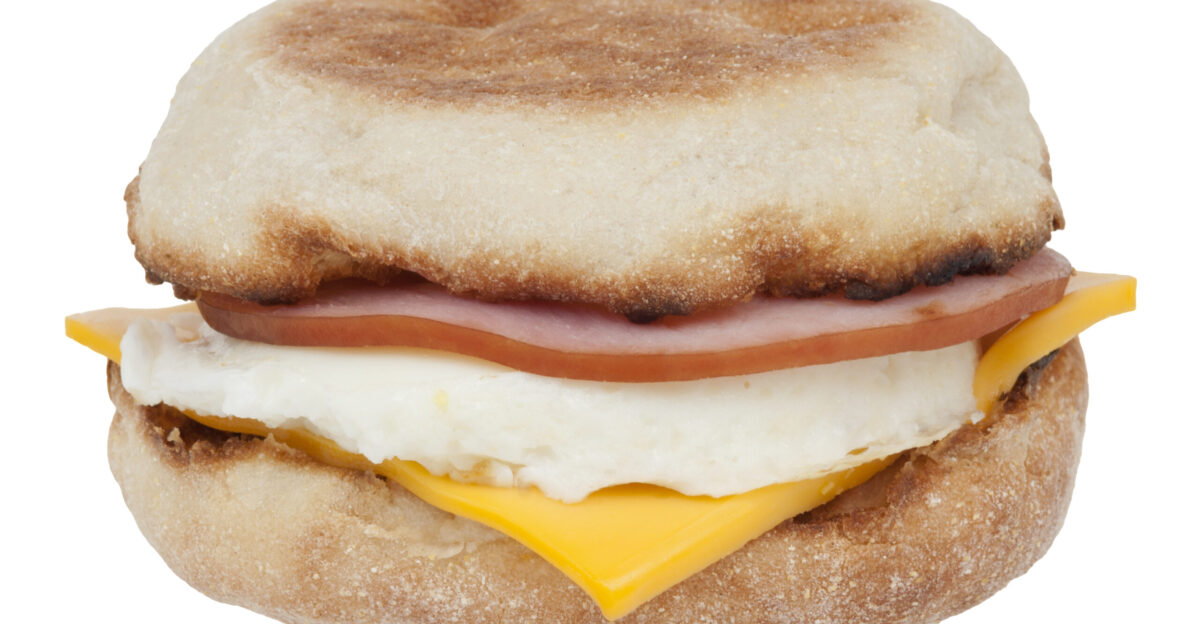
For McDonald’s customers, the most immediate effect will be the disappearance of Krispy Kreme donuts from breakfast menus at roughly 2,400 U.S. restaurants.
Though McDonald’s has said the donuts are a “small, non-material part” of its breakfast business, the loss could disappoint fans who saw the treat as a new reason to visit in the morning.
The chain will now need to find another way to boost its crucial breakfast segment, which had been a core pillar of its strategy.
Krispy Kreme’s Retail Pivot

Freed from the constraints of the McDonald’s deal, Krispy Kreme will refocus on expanding through high-volume retail distribution points and international franchises.
The company also previously agreed not to supply its donuts to other quick-service chains in the U.S. through 2026, making that restriction now irrelevant.
This opens the door for Krispy Kreme to find new partnerships or expand distribution through grocery stores or other retail outlets.
Competitors Eye The Gap
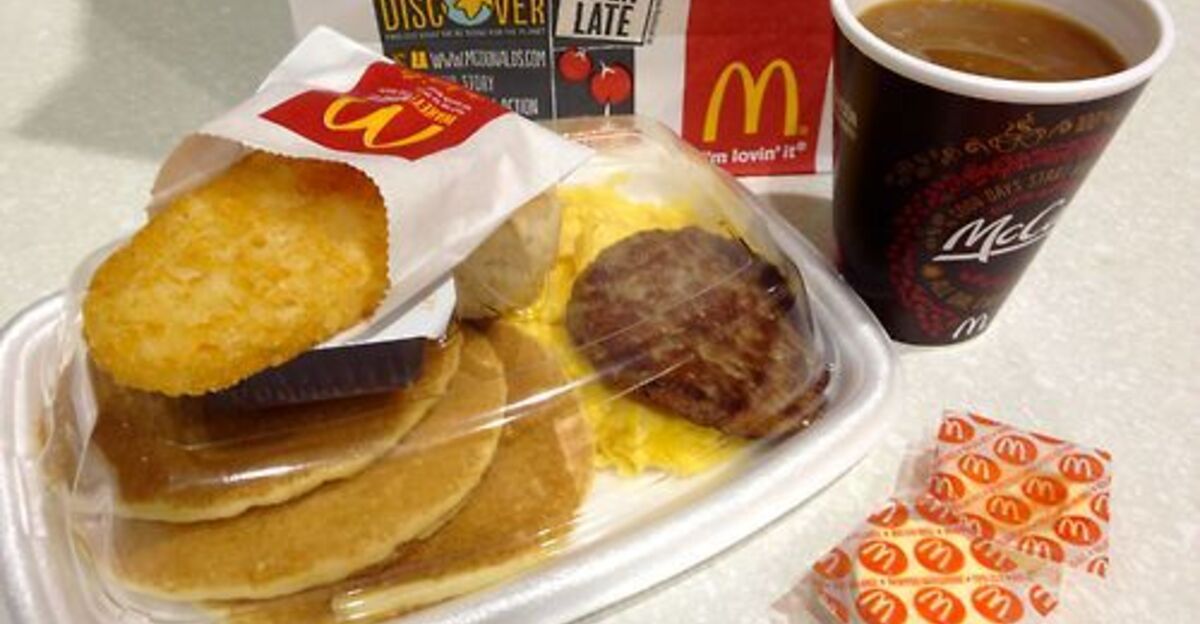
The end of the partnership also creates an opportunity for bakery brands and fast food chains to step in. With McDonald’s breakfast menu losing a novelty item, rivals such as Dunkin’ or a regional donuts provider could target the same customer base, perhaps with their own collaborations or promotions. The competitive landscape for breakfast treats is suddenly wide open, and brands are likely strategizing to fill the void.
Financial Fallout for Krispy Kreme

Krispy Kreme’s financial struggles were the driving force behind the split. The company’s stock has plummeted more than 70% this year, with a reported loss of $33 million in the first quarter alone.
The failed partnership forced Krispy Kreme to withdraw its annual forecast and reassess its overall business model.
Investors and analysts will be watching closely to see if the company can recover by doubling down on retail and international expansion.
McDonald’s Faces Broader Breakfast Issues
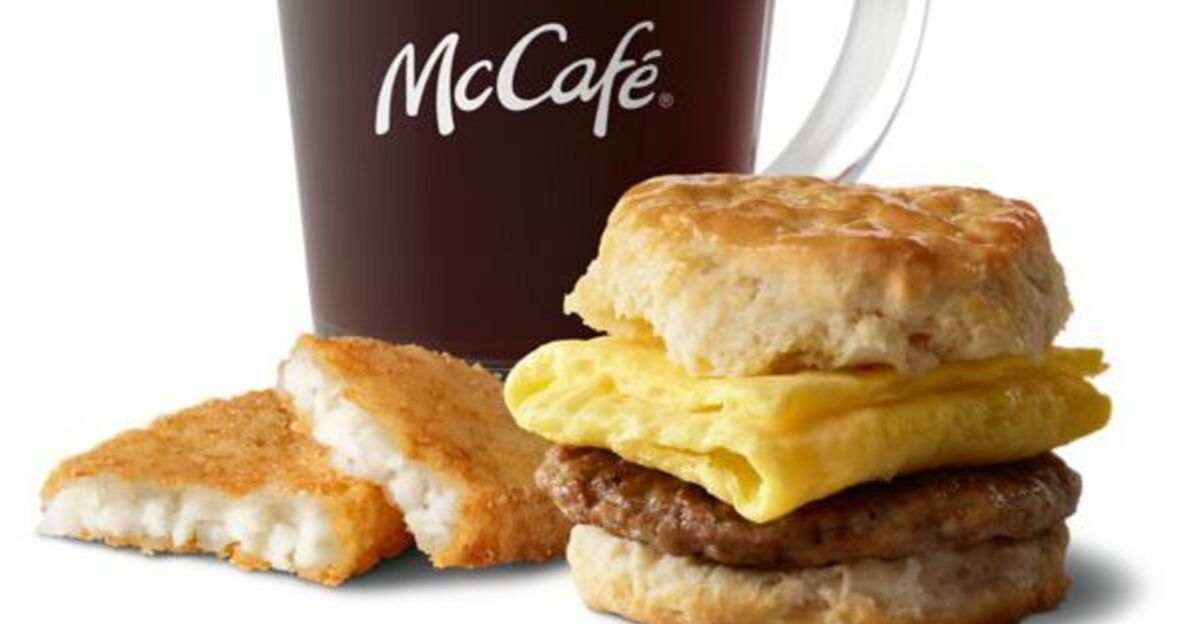
For McDonald’s, the end of the doughnut experiment is just one symptom of a larger issue: declining U.S. sales and shifting consumer habits.
The chain has reported its steepest same-store sales drop since 2020, as inflation and economic anxiety keep diners away.
The company will need to innovate further—possibly with new menu items or aggressive promotions—to reignite breakfast traffic and maintain its dominance.
Supply Chain and Operational Lessons

The failed rollout revealed the logistical complexity of integrating a fresh, bakery product into McDonald’s massive, fast-moving supply chain.
Only about 2,400 out of 14,000 planned locations ever received the doughnuts, and operational friction likely contributed to the cost overruns.
Both companies will take hard-earned lessons into future partnerships, with a renewed focus on scalability and profitability.
Employee and Franchisee Impacts

Franchisees and staff at participating McDonald’s locations will need to adjust to the menu change, retraining and reallocating resources that had been dedicated to the doughnut rollout.
Some may see this as a relief from operational headaches, while others could view it as a lost revenue opportunity. The ripple effect extends to supplier contracts and delivery networks that had been set up for the partnership.
What’s Next for Breakfast Lovers?

For consumers, the advice is clear: if you enjoyed picking up a Krispy Kreme with your McMuffin, move fast before July 2.
After that, donut lovers will have to venture out to the grocery store or the Krispy Kreme shop, and McDonald’s regulars can expect new breakfast promotions or menu experiments in the coming months. Watch for limited-time promotions as both brands compete for breakfast traffic.
More Than Just a Donut
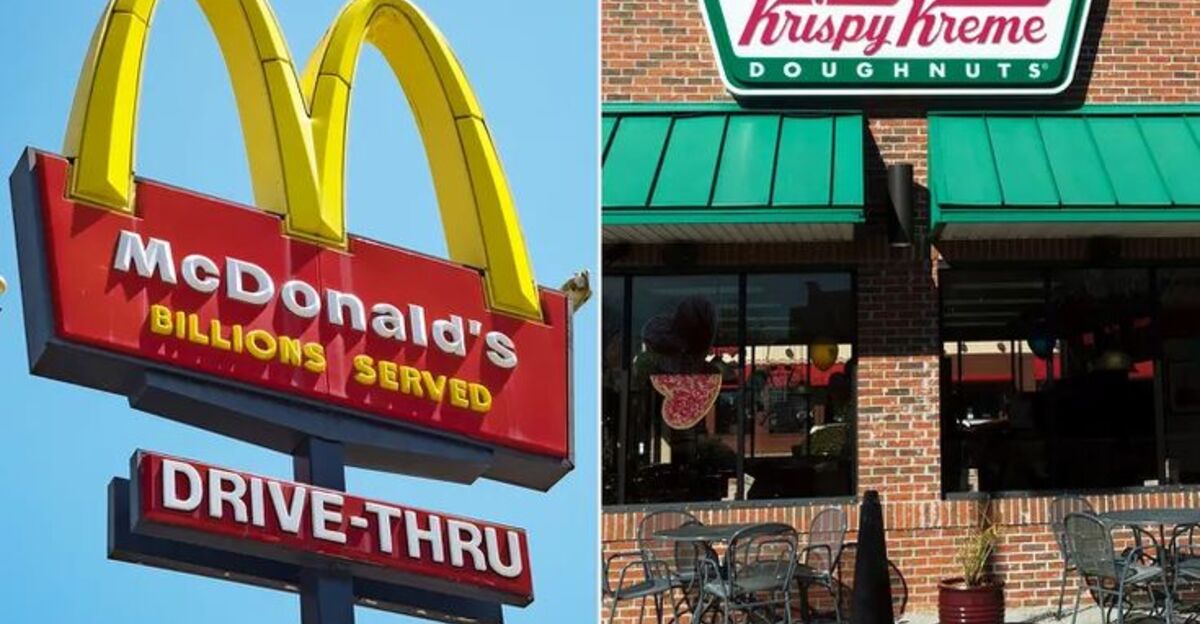
The end of the McDonald’s-Krispy Kreme partnership is a reminder that even high-profile collaborations can unravel quickly when the economics don’t work.
What began as a sweet addition to the breakfast menu now ripples through supply chains, financial statements, and competitive strategies.
As both companies pivot, the effects will be felt from the drive-thru window to Wall Street—proof that in the fast-food world, every menu change can set off a chain reaction.
